Pseudoreality Alternatives
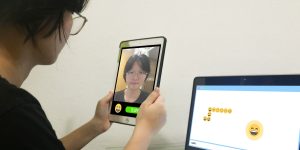
Gluttonous Snake
Jin Ni (CN), Huang Mingyuan (CN), Zhengren Chen (CN)
Our emotions can be conveyed through expressions and have the power to influence people around us. How do different emotions affect each other when they are together? Will happiness and sorrow counterbalance? Does anger cause a butterfly effect? Which kind of emotion will make the snake grow stronger rather than kill it? The answer is simple, happiness. We are generating emojis based on facial expressions. Different emojis have different powers. Try to keep growing the snake with happiness.
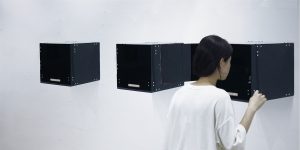
You Don’t Know Me
Wang Shuyin (CN), Sun Xun (CN), Huang Rong (CN), Hu Ziping (CN), Xiangdong Lu (CN)
Cultural differences often lead to many misunderstandings. The installation deals with mixed cultural - misunderstanding phenomena and multiple-realities interpretations, opening a new world of contrasts and alternatives. In the boxes are videos with multiple meanings which could be easily (mis)interpreted differently based on different cultural backgrounds. Visitors are challenged to guess the meanings. If they are wrong, the installation responds with - You Don't Know Me
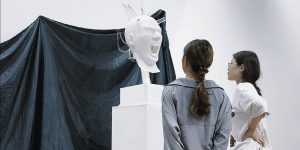
Angry Bubble
Wang Shuyin (CN), Sun Xun (CN), Huang Rong (CN), Hu Ziping (CN), Xiangdong Lu (CN)
Anger is often contagious. When a person's anger reaches a certain level, his behavior and speech will always hurt or affect others. But if a person expresses anger in a language or ridiculous behavior that you don't understand at all, you may not be affected by anger, but you may find it interesting. When visitors stand in front of the installation, the angry face spits cheerful bubbles on them, making the angry facial expression hard to interpret and ultimately pointless.
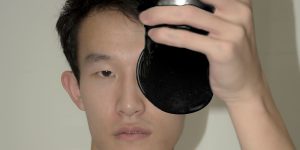
Peer
Liu Kexu (CN), Ye YiChen (CN), Zheng Jiang (CN), Dong Geng (CN), Wenjie Liang (CN)
Peer is a work based on exploration, which uses symbolic snooping movements to explore unusual images in the real world. By looking through a tubular structure, the undefined view causes people’s desire to snoop. The mechanical structure inside the black box rotates the screen to the corresponding location based on the visitor’s position. At the same time, the film images of the six pipelines share the same theme: the multifaceted nature of human beings in society.
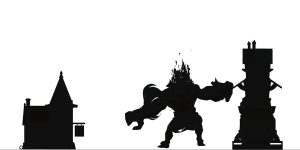
Shadow of Original Sin
Xu Dongyan (CN), Guo Biyu (CN), Zhong Manting (CN), Zhengren Chen (CN)
Shadow of Original Sin is an interactive installation that explores human original sin. Where there’s light, there must be shadows. From the shadows, we can always see the dark side of human nature. The inside of the device will reflect the original sin inside of you as a human being. In the installation, the shadow of the audience will turn into a monster. The monster is completely controlled by the audience, and what the monster will react to depends on the audience. The subconscious evil of human nature is entirely exposed.
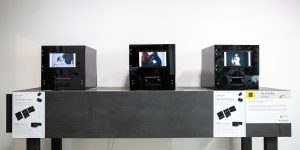
PSEUDOREALITY ALTERNATIVES
Cheung Kong School of Art and Design – Digital Media Art Department, Shantou University
Worldwide human society is moving from the digital to hyper digital age where virtuality is becoming as important as reality. Interpersonal communication is largely happening within a pseudo-real social landscape recently enriched with new artificial intelligence. However, we still find it confusing to navigate our existing social environment and understand each other clearly on different levels such as cultural, emotional, intellectual, and interpersonal. Through the works exhibited by Cheung Kong School of Art and Design, students are trying to communicate ideas of multiple understandings and misunderstandings, subtle and alternative meanings, and how that can affect our social and emotional realities. As artists and descendants of the Bauhaus, we recognize that our role is changing. We no longer believe in the heroic genius of the master who forms the world in a state of intuition. Embedding and feedback reveal that responsible action requires diverse cognitive variations that involve the counterpart in a performative way.


